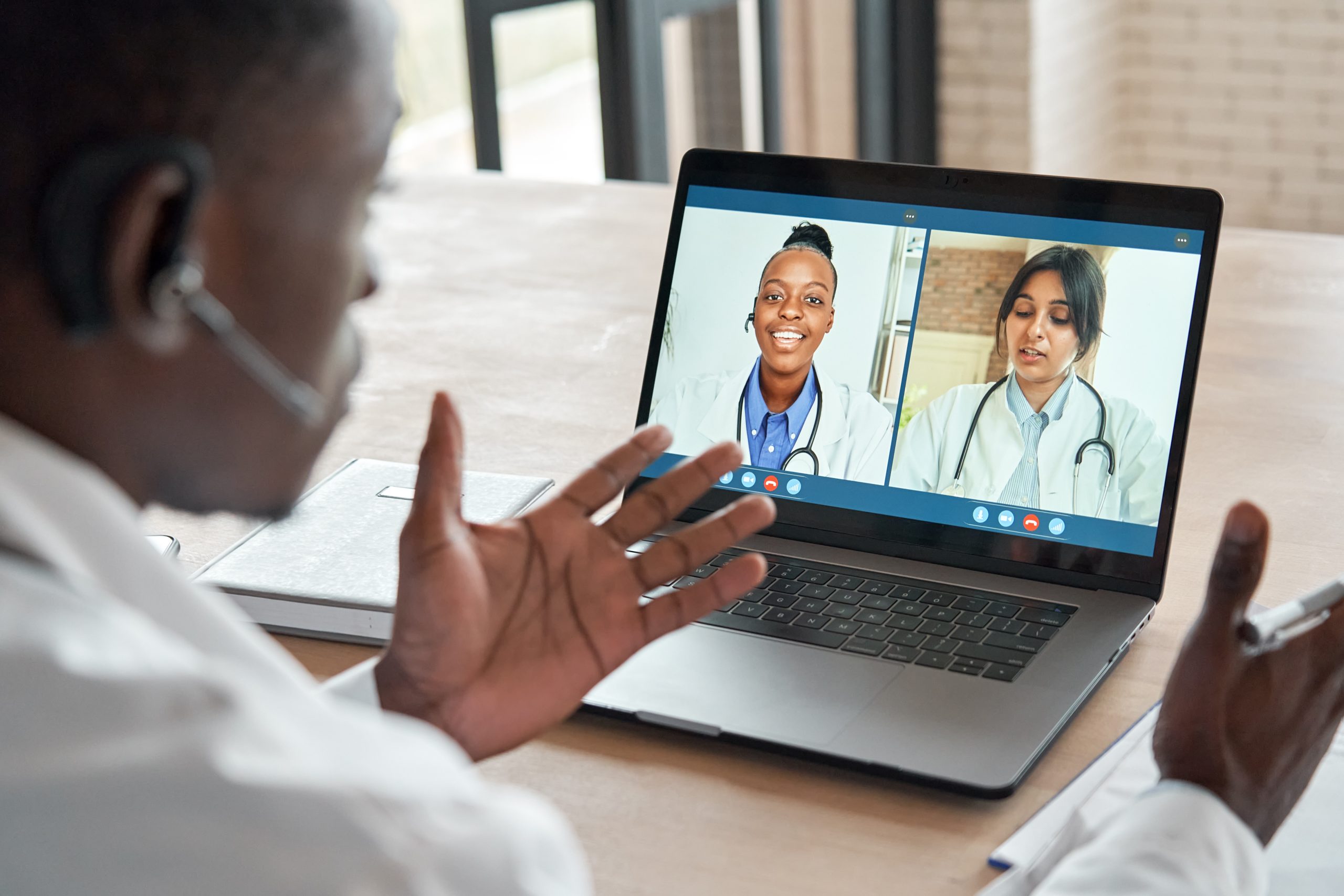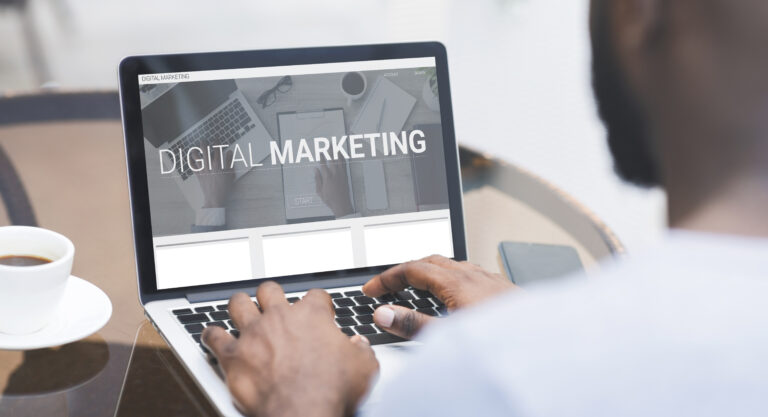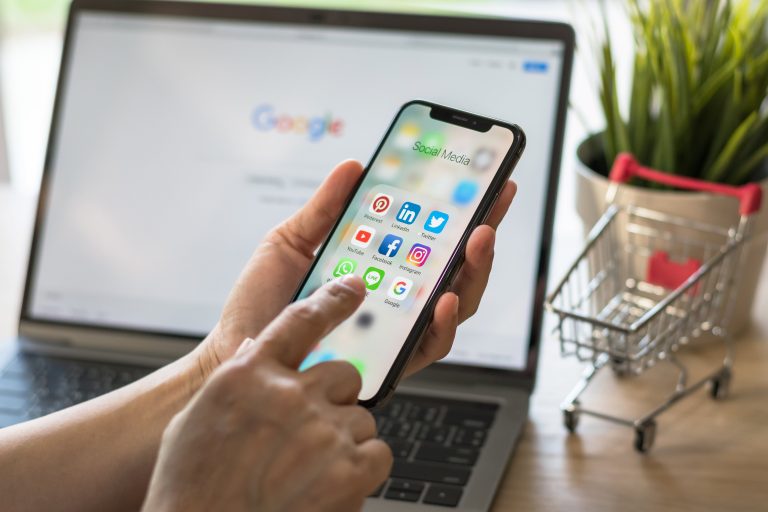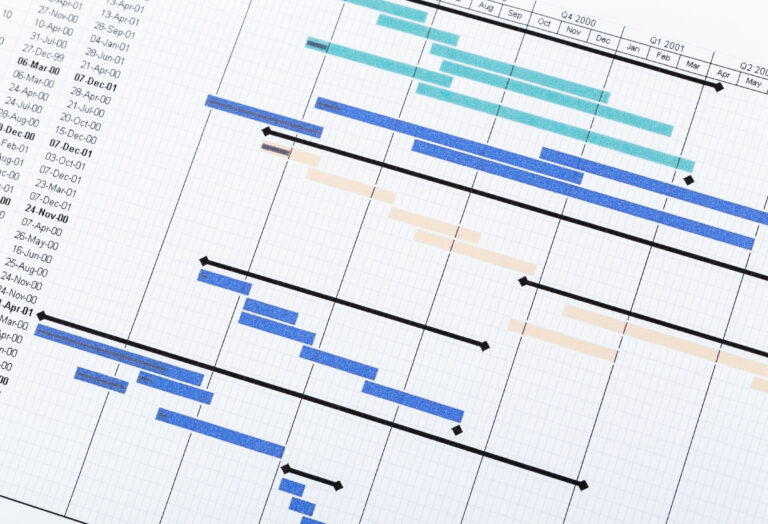Webinar promotion on social media
The next important step in maximising Medical Device webinar attendance is to spread the word about your webinar by optimising your promotion.
Social media is a great way to increase awareness of your webinar. The best way to do this is to target your audience. Simply posting a registration link on Twitter is not going to make the cut.
Picking the right channel to showcase your webinar could be the difference between a successful and an unsuccessful webinar. Is your target audience Health Care Professionals or end consumers? If the first, then you should promote your webinar on LinkedIn, the second, maybe Instagram.
Having a good idea of where your audience resides across social media platforms is critical when promoting your webinar on social media. You may need to research this in order to find the right demographic for you but if you’re not sure check out our article on choosing the right social media platform.
You should send out at least three social media posts to promote the event. The first post should be at least 2-3 weeks before the event, the second post the week before and the third on the day of.
The posts should contain relevant information about the webinar including:
- The title of the webinar
- The date
- The time
- The names and titles of the speakers and chair
- The topics
- And most importantly the sign-up link
This post comes best in the form of a catchy GIF, as they spread information quickly and in a way that is memorable. Make sure you tag your speakers in the post, as well as any organisations you have partnered with. This will maximise the post’s reach.
Your second social media post should go out a week or a day before your webinar, depending on when the first post went out. You need to make it clear to your audience that there’s a limited amount of time left to sign-up. It would be best to inject some urgency into this post by, for example having “1 week to go”, or “1 day left to sign-up” in large letters.
Your final social media post should be a quick reminder a few hours before the webinar. Whether the post is a static feed or grid post, or a story is entirely up to you, but trying a variety of post types can help you to see which posts work the best. LinkedIn, Instagram, and Facebook stories have features such as countdown timers, which are great tools to boost engagement.
You could offer attendance certificates as another way to boost attendance. Offering certificates that attendees can post on social media and other platforms will act as an incentive for registrants to actually attend the event. Plus, if they do post the certificate on social media, it will be shared with all their connections and could generate more interest for future webinars.














